Cold War Spies: Espionage and Intelligence Agencies

The Cold War was a battle of ideology, politics, and power, but it was also a shadow war fought in the streets, embassies, and back alleys of cities across the globe. Behind the headlines of nuclear standoffs and proxy wars, an unseen struggle unfolded between spies, double agents, and the intelligence agencies that directed them. Espionage was not simply a sideshow to the Cold War.
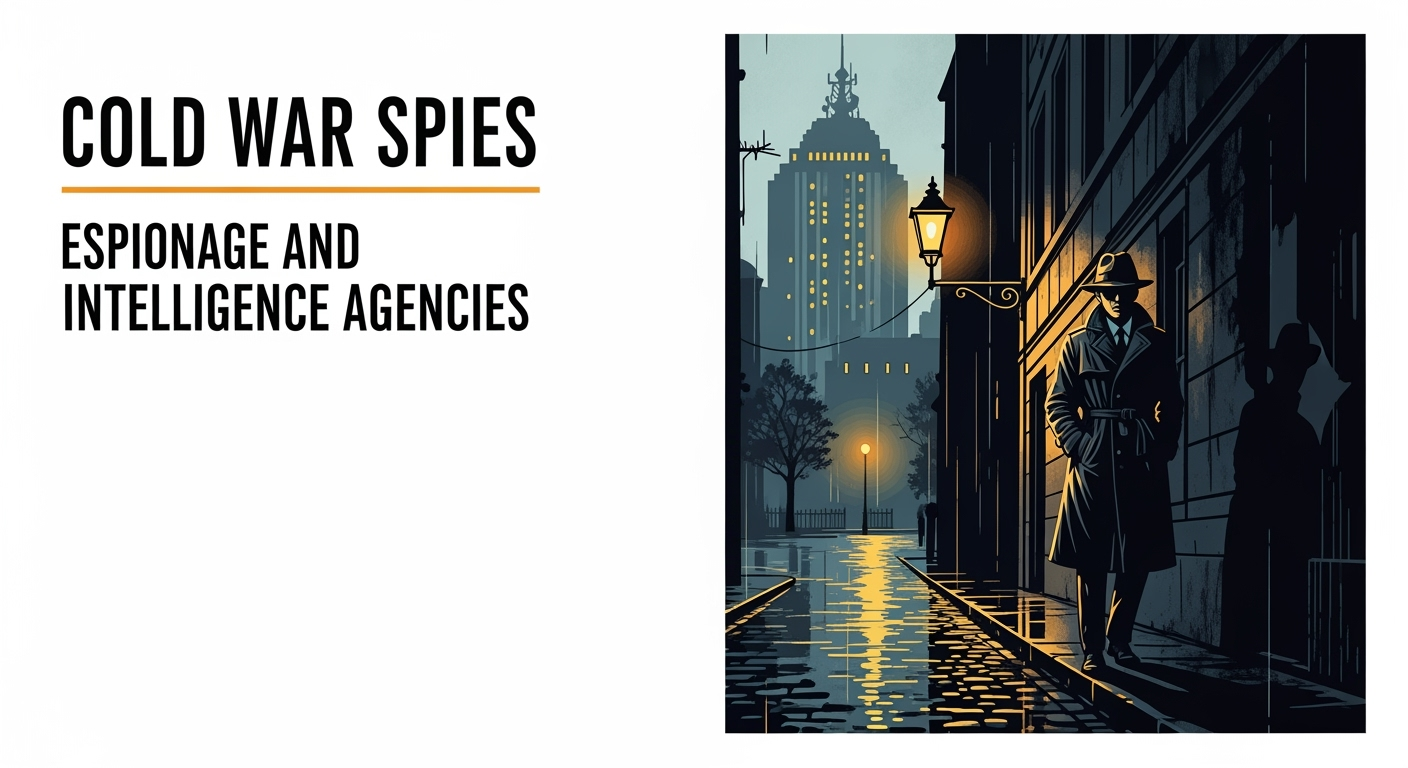
It was a central arena where the United States and the Soviet Union tested each other’s resolve, gathered secrets, and sought to outwit their adversary. The story of Cold War espionage is filled with daring missions, betrayals, and the quiet battles that shaped history as much as any tank or missile.
The Birth of Modern Intelligence Agencies
World War II had already shown the importance of intelligence gathering. British codebreakers cracked the German Enigma machine, and American cryptographers decrypted Japanese communications, altering the course of the war. When the Cold War began, both the United States and the Soviet Union recognized that intelligence would be a critical weapon in a struggle where direct conflict was too risky.
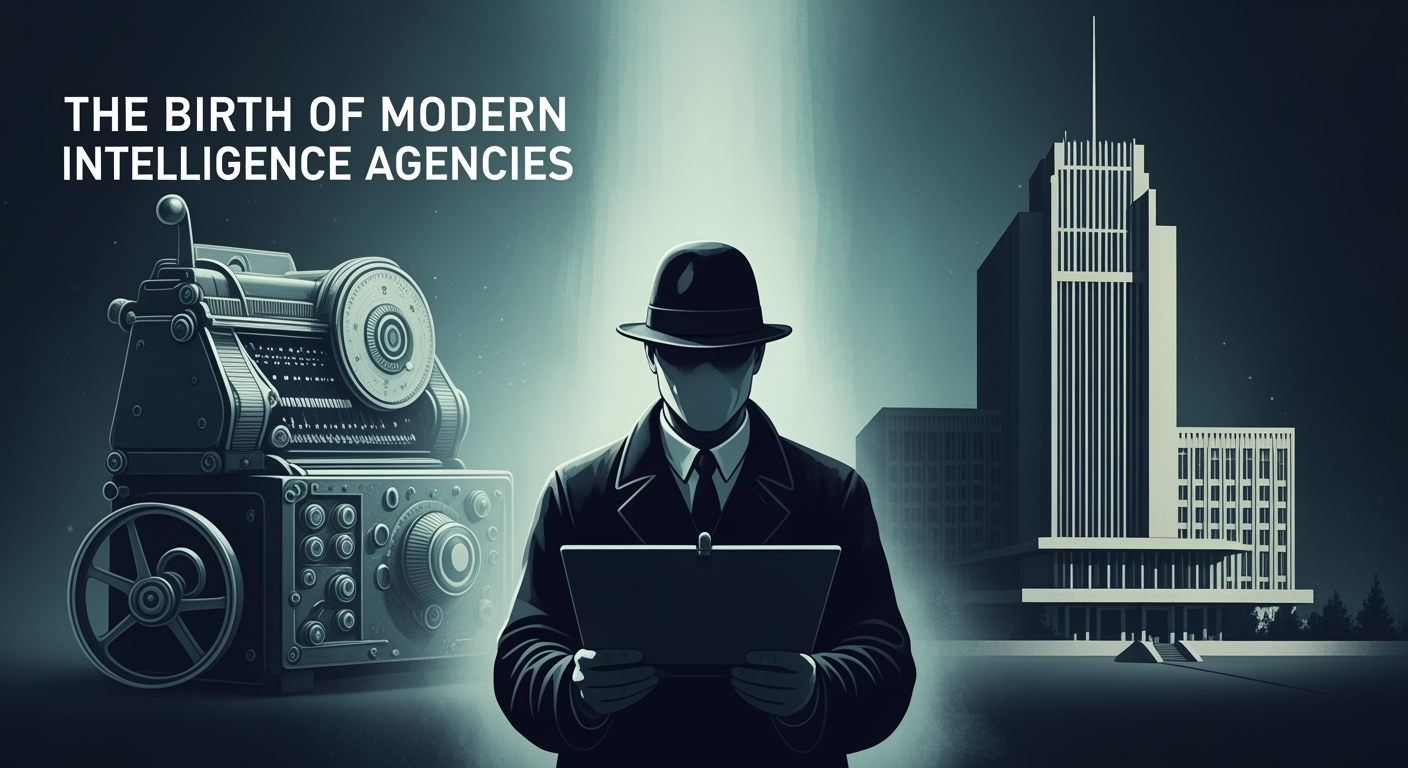
In 1947, the United States created the Central Intelligence Agency (CIA) with the National Security Act. Its mission was to collect foreign intelligence and conduct covert operations. The Soviet Union had already established its own formidable apparatus, first through the NKVD and later the KGB (Committee for State Security). These agencies became the main players in an escalating game of espionage that would stretch from Washington to Moscow, from Berlin to Havana.
Berlin: Capital of the Spy World
Few cities symbolized Cold War espionage more than Berlin. After World War II, the city was divided into sectors controlled by the Allies, with the Soviet Union in the east and the United States, Britain, and France in the west. It quickly became the frontline of the Cold War and a hotbed for spies.
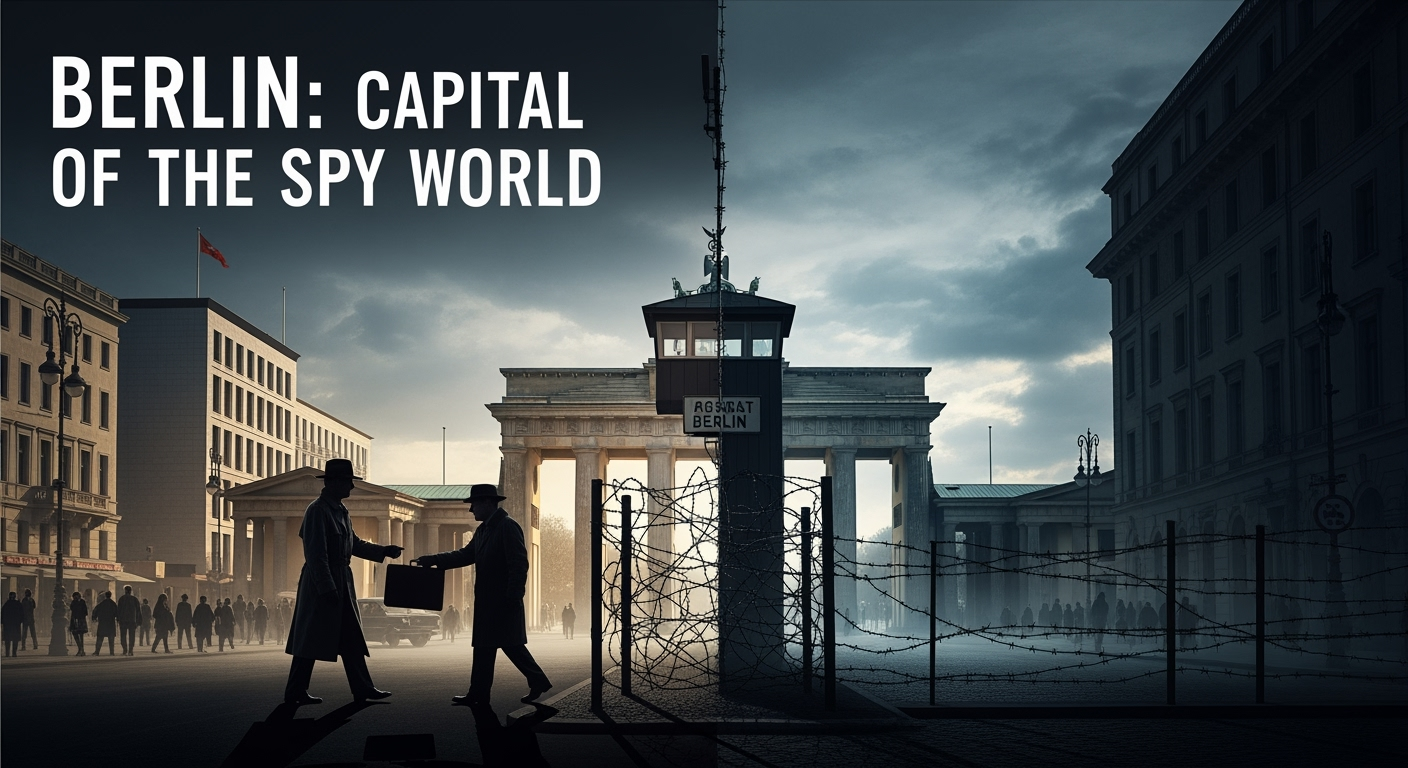
Both sides used Berlin as a base for intelligence gathering. One of the boldest operations was Operation Gold in 1955, in which the CIA and Britain’s MI6 built a tunnel under East Berlin to tap Soviet telephone lines. For nearly a year, they collected valuable information, until a Soviet double agent, George Blake, betrayed the operation.
The Berlin Wall, built in 1961, further intensified the city’s role as a hub of espionage. Agents crossed checkpoints, exchanged documents in shadowy handoffs, and recruited informants from desperate East Germans seeking escape. Berlin was where the Cold War’s cloak-and-dagger world played out daily.
Double Agents and Betrayals
One of the most dangerous aspects of espionage was the prevalence of double agents. These individuals pretended to work for one side while secretly feeding information to the other, creating webs of deception that could unravel even the most careful operations.
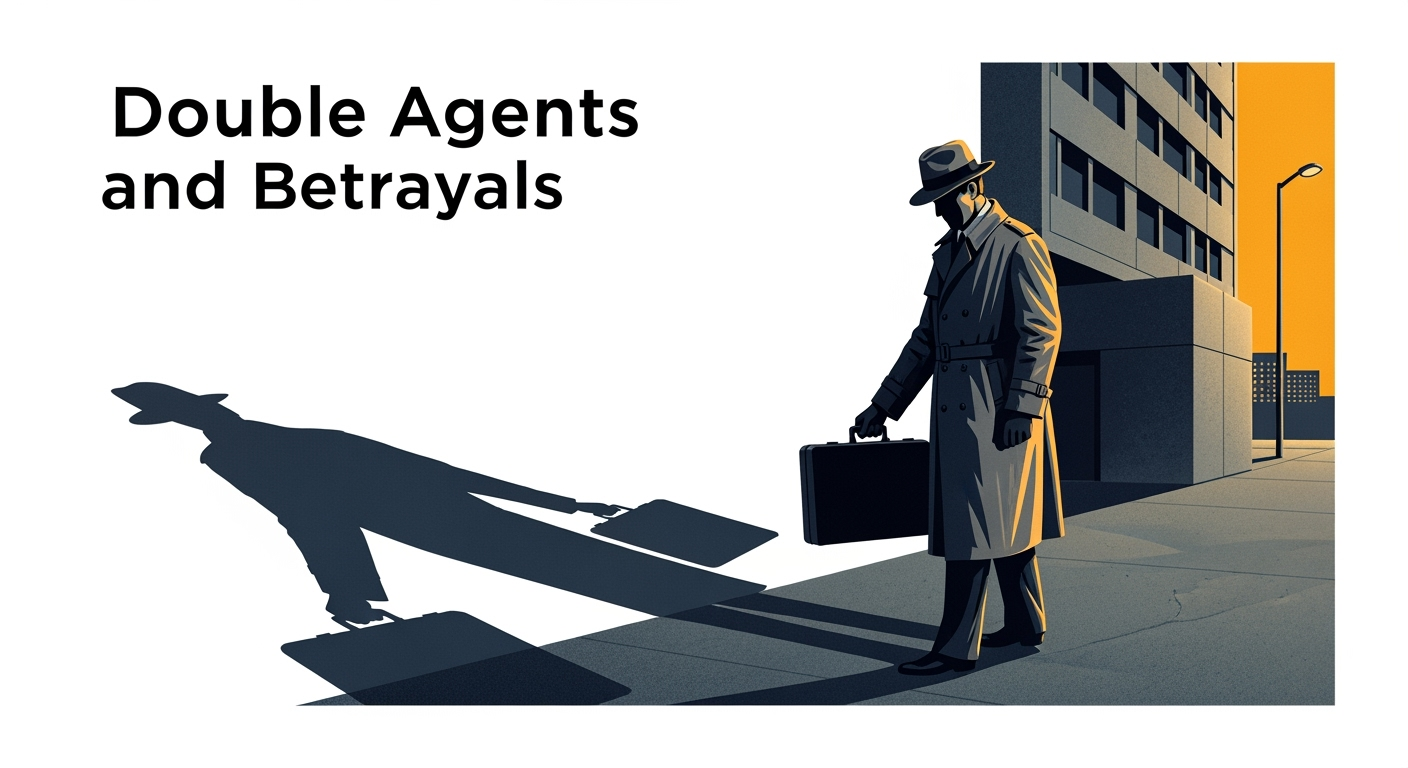
In the United States, perhaps the most damaging case was Aldrich Ames, a CIA officer who spied for the Soviets beginning in the 1980s. For nearly a decade, Ames passed sensitive information to the KGB, including the names of Soviet agents working for the United States. Many of those agents were executed, making Ames one of the most costly traitors in American history.
The Soviets had their own troubles with double agents. Oleg Penkovsky, a colonel in Soviet military intelligence, provided the CIA and Britain with crucial details about Soviet missiles. His intelligence played a key role during the Cuban Missile Crisis, giving the United States confidence that it understood the Soviet arsenal. Penkovsky was eventually caught and executed, but his contributions highlighted the enormous risks taken by those who betrayed their governments.
The Rosenbergs and Atomic Secrets
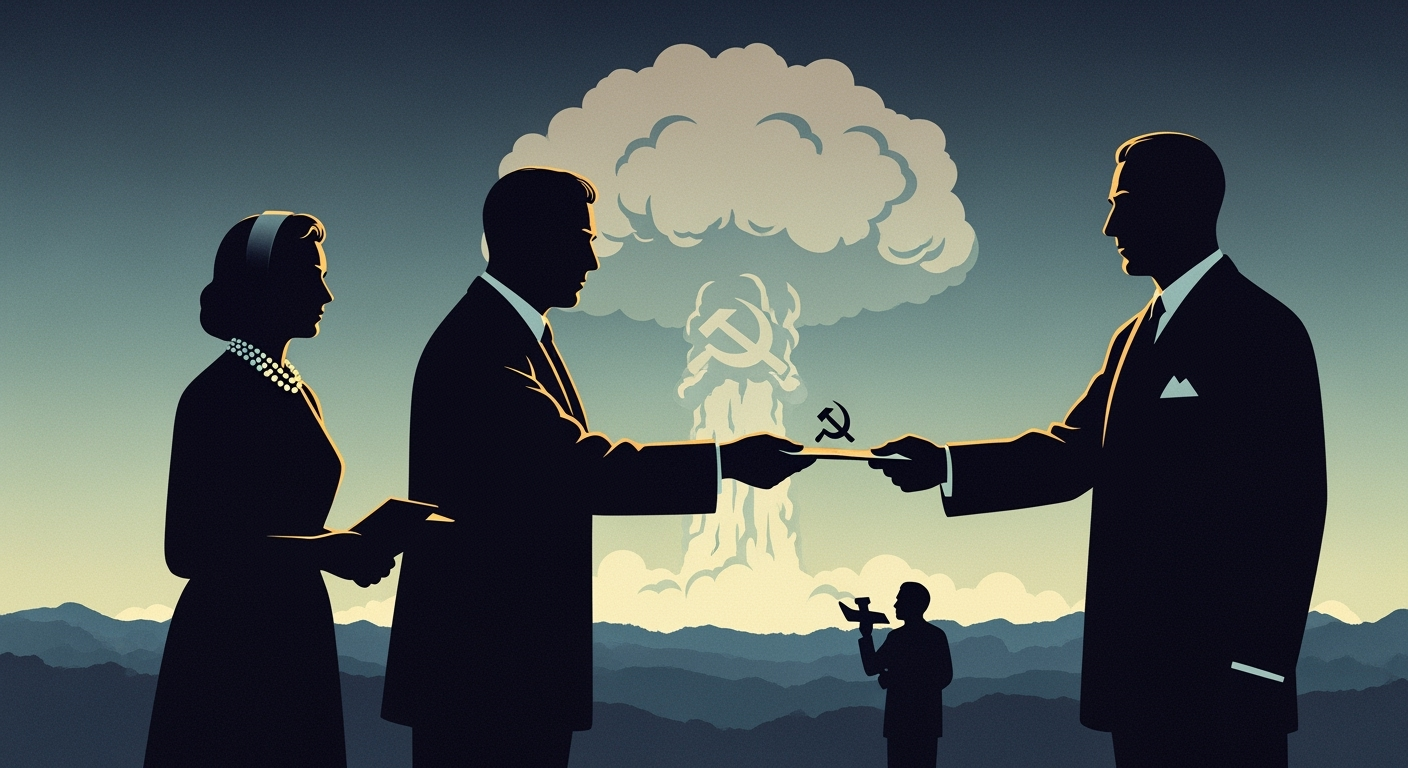
One of the earliest and most controversial espionage cases involved Julius and Ethel Rosenberg, American citizens convicted of passing atomic secrets to the Soviet Union. During World War II, the Manhattan Project had developed the atomic bomb, and Soviet spies sought desperately to uncover its details.
The Rosenbergs were arrested in 1950 and executed in 1953, the only American civilians put to death for espionage during the Cold War. Their trial was widely publicized and remains debated today, with some arguing that Ethel’s role was exaggerated. Regardless, Soviet access to atomic secrets helped accelerate their nuclear program, intensifying the arms race and deepening American fears of infiltration.
Covert Operations and Regime Change

Espionage during the Cold War was not limited to gathering secrets. Intelligence agencies often took direct action to shape global politics. The CIA, in particular, carried out covert operations to support or topple governments.
In 1953, the CIA helped orchestrate a coup in Iran that removed Prime Minister Mohammad Mossadegh after he nationalized oil resources. The following year, the CIA played a role in overthrowing the Guatemalan government of Jacobo Árbenz, accused of leaning toward communism. In Chile during the 1970s, U.S. intelligence supported opposition to socialist president Salvador Allende, leading to his downfall.
The KGB was equally active. It supported pro-Soviet regimes, infiltrated Western political movements, and carried out disinformation campaigns designed to spread confusion and weaken public trust in democratic governments. The global reach of these operations demonstrated that espionage was not confined to secrecy but could directly alter the course of nations.
Spy Gadgets and Tradecraft
Cold War espionage also gave rise to an entire culture of spycraft. Miniature cameras, hidden microphones, and dead drops for exchanging information became tools of the trade. The CIA experimented with pigeons carrying cameras, while the KGB developed ingenious disguises and hollowed-out objects for concealing messages.

Technology advanced rapidly. Satellites provided overhead reconnaissance, while U-2 spy planes flew daring missions over Soviet territory. In 1960, a U-2 piloted by Francis Gary Powers was shot down over the Soviet Union, creating an international incident and proving the risks of aerial surveillance.
Popular culture, from James Bond novels to Hollywood films, exaggerated some of these techniques, but the real world of espionage was just as creative and often far more dangerous.
The Human Side of Espionage
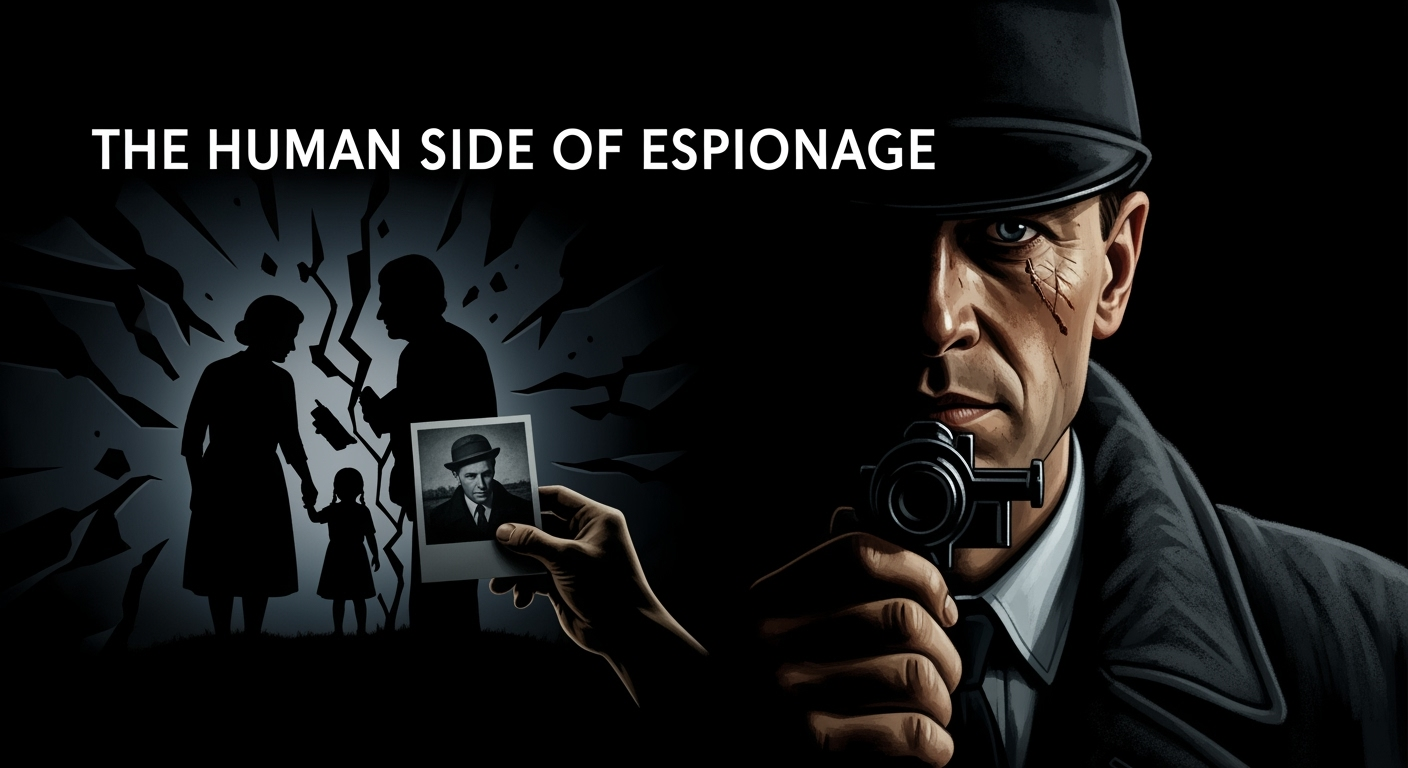
Behind the gadgets and secret codes were people who lived in constant danger. Spies risked exposure, imprisonment, or execution. Families were often torn apart, as loyalty to a nation clashed with loyalty to loved ones.
For many, the motivations were complex. Some spied out of ideology, believing in communism or democracy with fervent conviction. Others were motivated by money, revenge, or personal dissatisfaction. These human dimensions made espionage unpredictable, as even the most loyal officer could suddenly turn.
The Decline of Cold War Espionage
As the Cold War drew to a close in the late 1980s, espionage remained active but began to shift. The reforms of Soviet leader Mikhail Gorbachev and the eventual collapse of the Soviet Union reduced the ideological intensity that had fueled decades of spying. The fall of the Berlin Wall in 1989 symbolized not only the end of division in Europe but also the fading of the spy capital of the world.

Many intelligence agencies, however, adapted rather than disappeared. The CIA and KGB’s successor, the FSB, continued to operate, now focusing on new challenges such as terrorism, cyberwarfare, and regional conflicts. The legacy of Cold War espionage shaped the structure and methods of intelligence agencies for the decades that followed.
Cold War espionage was a silent war that influenced the course of history. From Berlin tunnels to double agents, from atomic secrets to covert coups, the struggle between the CIA and the KGB mirrored the broader conflict between the United States and the Soviet Union. It was a world of secrecy and betrayal, but also of innovation and extraordinary courage.
The stories of Cold War spies remind us that history is not made only on the battlefield or in grand speeches. Sometimes it is shaped in whispered conversations, hidden documents, and the quiet determination of individuals who risked everything in the shadows.
HistoryReveal is your guide to understanding the past in ways that connect to the present. From ancient empires to modern movements, we bring history to life, one story at a time.
Disclaimer
This article is for educational and informational purposes only. While HistoryReveal.com strives for accuracy, historical interpretation may vary, and readers are encouraged to consult additional sources for deeper study.